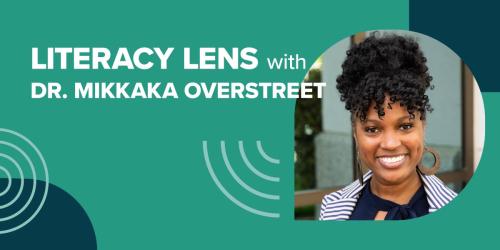Turning Around Schools Through Collaboration and Coaching
According to Education Northwest’s Nanci Schneider, despite past efforts to turn around underperforming schools, you still have a good chance of predicting whether a school is successful or not by the degree of poverty in its zip code. For Schneider, improving schools is about more than just improving academic performance. It’s also about creating a level playing field so that students from poor families have the same opportunities to succeed as those from more privileged backgrounds. “We need more equitable schools,” she says.
People have a lot of faith in schools, and schools need to understand how important they are in kids’ lives. Without schools, students from struggling families might not get any other support. We need to change the belief that poor kids aren’t as smart as rich kids.
—Nanci Schneider
Under a contract with the Oregon Department of Education (ODE), Schneider manages a technical assistance project called the Network that provides coaching support to principals at Oregon’s lowest performing schools — all designated as Title I based on the poverty level within their boundaries — with the aim of improving academic success for all students.
The Network pairs one principal and one coach for year-round collaboration. The principals get to choose their coach, and the coaches share with the principals the deep knowledge and skills gained from their own past careers in educational leadership and offer moral support.
“The principal is the key player in this,” Schneider says. “They are the ones who monitor assessment and provide professional development to teachers. With a 33 percent turnover for principals each year in Network schools, the coach often becomes the consistent person in the building when it comes to keeping momentum going for a comprehensive achievement plan and helping the new principal hit the ground running.”
With ODE funding, Education Northwest coordinates the independent contractors who serve as coaches. Coaches meet five times a year for professional development geared to their schools, and twice a year, the Network brings together all coaches and principals for training.
Coaches support schools in determining the root causes underlying poor academic performance and guiding schools in using data to identify actionable solutions and track progress, among other technical assistance activities. “Using data is huge, but it’s not well understood,” Schneider says. “Teachers need help assessing whether kids are making progress. Once they understand how to use the data, they can know if their approach is working or stop and reteach. This is the kind of thing teachers keep asking for.”
Data use also has implications for equity. “Data can help teachers narrow down the techniques that work for their student demographics and help them reflect on what they are doing. There are techniques that work with some kids but not others, and data use can show what’s working. Teachers need to be able to create their own kid-level data.”
The Network is getting results. In Oregon, schools are rated based on growth and achievement on a 1-5 scale, with one as the lowest. Most Network schools started on the low end of the range, but more than 50 percent are now receiving a rating of three or better. “Network schools are sometimes surpassing non-Title I schools,” Schneider says.
“It’s an effortless collaboration focused on student achievement,” Schneider says. “We all share the belief that these schools can do it, and we believe it strongly. Economic status has little to do with brain power. Given the chance, students will perform.”



